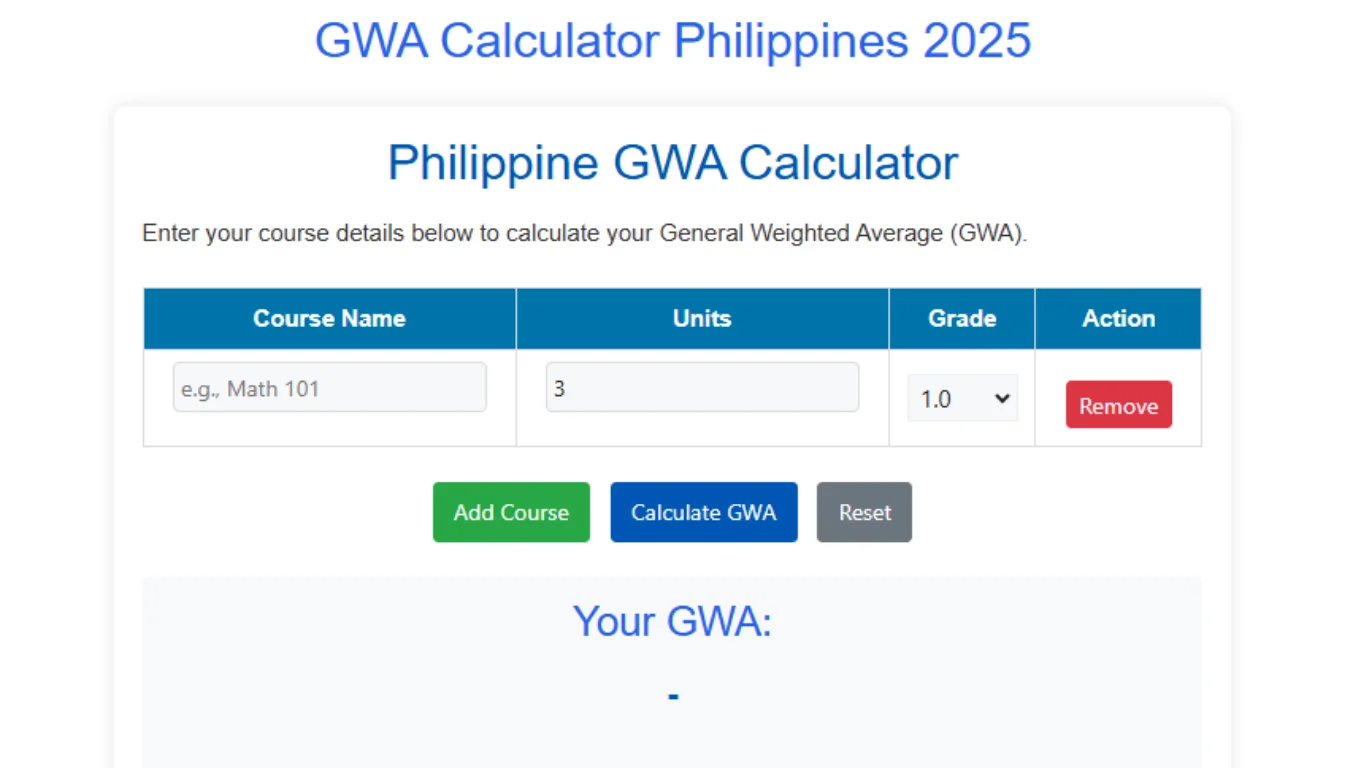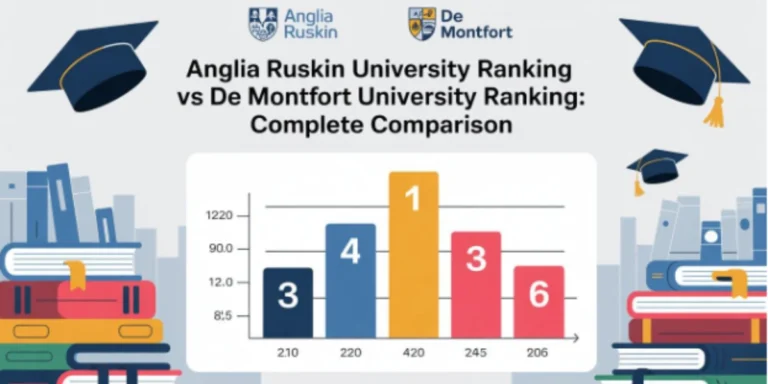Simplifying Grade Calculations for College Students in the Philippines
For college students in the Philippines, academic performance plays a crucial role in shaping their future, whether it’s applying for scholarships, getting into prestigious graduate programs, or landing competitive job opportunities. A significant component of this academic journey is understanding and computing one’s General Weighted Average (GWA). However, for many students, calculating grades can be a confusing, stressful task that adds to the already heavy load of college life. Fortunately, modern tools and smarter methods have emerged to make this process simpler and more accessible.
One such helpful tool is the GWA Calculator Philippines, a digital solution tailored specifically for Filipino students to ease the process of computing their final grades.
What is GWA and Why It Matters
The General Weighted Average (GWA) is a numerical representation of a student’s academic performance for a particular term or academic year. Unlike a simple average that treats all courses equally, the GWA is a weighted score. This means that subjects with higher unit values carry more influence on the final average. The standard formula for computing GWA involves multiplying each subject’s final grade by the number of its units, summing the results, and dividing by the total number of units taken.
The resulting number plays a vital role in a student’s academic journey. Universities use it to determine eligibility for Latin honors such as cum laude, magna cum laude, and summa cum laude. It is also a major requirement for scholarships, study-abroad programs, and competitive graduate school applications. Beyond academics, employers and internship coordinators may consider a student’s GWA when reviewing résumés, making it an important factor in future career opportunities.
The Challenge of Manual GWA Computation
While the concept of a weighted average may seem straightforward, manually computing the GWA can be stressful especially for students juggling multiple courses, each with different unit values and grading systems. In many colleges, students still use pen, paper, and basic calculators to do the math. One small mistake in multiplying grades or counting units can lead to an inaccurate result, which can mislead a student about their academic standing.
Understanding what each grade means also adds to the complexity. For instance, a 1.75 grade equivalent in college Philippines typically signifies a good performance, roughly equivalent to an 89–91% score depending on the university’s grading scale. However, interpretations may vary slightly across institutions, making it difficult for students to gauge their standing with complete confidence. When these different grading systems are combined with inconsistent unit values like those for lab or thesis classes the result is a complicated and often frustrating computation process.
Digital Tools: A Solution to Grade Calculation Woes
In recent years, digital tools have emerged to simplify the process of computing GWA. These online platforms and mobile apps are designed to eliminate the confusion and reduce the risk of manual errors. Instead of dealing with formulas and spreadsheets, students simply enter their grades and the number of units per subject. The tool automatically calculates the GWA, giving instant results.
These tools are particularly useful for students who want to track their academic progress throughout the semester or academic year. Instead of waiting for final grade releases from the registrar or manually computing their standing, students can estimate their GWA on the fly. This helps in making informed decisions about whether to retake a course, focus on specific subjects, or aim for a particular academic goal.
Accessibility and Convenience for Students
One of the most significant advantages of using a digital grade calculator is accessibility. Many are mobile-friendly and work on various devices, allowing students to calculate their GWA anytime and anywhere. This convenience is especially valuable for students with limited access to academic advisers or those studying remotely. In a few clicks, students can gain a clear understanding of where they stand academically.
These tools also help reduce the anxiety that many students feel at the end of each semester. Instead of second-guessing their academic performance or relying on unofficial computations from peers, students get accurate and consistent results. By simplifying the process, digital calculators help students focus more on learning and less on logistical concerns.
How to Use GWA Calculators Effectively
While GWA calculators are incredibly helpful, students still need to be careful when inputting their data. Entering incorrect grades or the wrong number of units can lead to false results. To use these tools effectively, students should ensure they have accurate grade reports and know the exact unit value of each course. It’s also important to understand how their school handles specific cases, such as pass/fail courses or incomplete grades, as these may or may not be included in the GWA computation.
Furthermore, students should remember that while tools can calculate GWA with precision, they cannot interpret or contextualize the result. Understanding school-specific policies regarding honors, deans’ lists, and other academic distinctions is still essential. The GWA is just one part of a broader academic framework, and each university may have slightly different ways of interpreting it.
Looking Beyond the Numbers
Although the GWA is a key measure of academic success, it is not the sole indicator of a student’s potential or value. College life is about more than just grades. Skills such as critical thinking, communication, leadership, and creativity are equally important and often determine long-term success in one’s career. A high GWA can certainly open doors, but employers and graduate schools also consider real-world experience, extracurricular activities, and personal achievements.
Still, being aware of one’s GWA and understanding how it is calculated remains important. It allows students to set realistic academic goals, take corrective action when needed, and make informed decisions about their future. By removing the burden of manual computation, grade calculators free up time and mental energy for what truly matters learning, personal development, and preparing for the real world.
Making Education Smarter and More Efficient
The broader implication of using digital grade calculators is the improvement of the overall educational experience. In a country like the Philippines, where students face a variety of challenges from limited resources to heavy workloads simplifying academic processes can have a profound impact. Anything that can reduce unnecessary stress and allow students to focus more on their studies should be welcomed as part of a smarter, more supportive educational system.
Digital tools are not just conveniences; they represent a shift in how students interact with their academic environment. As education evolves to embrace technology, it’s important that institutions and students alike adopt tools that promote efficiency, accuracy, and self-awareness.
Simplifying grade calculations is about more than making life easier it’s about giving students control over their academic journey. Tools like the GWA Calculator Philippines offer an efficient, accurate, and user-friendly solution to what has traditionally been a tedious and error-prone process. With less time spent on manual calculations, students can focus on setting academic goals, planning their future, and achieving their full potential.
By embracing digital solutions, students in the Philippines can navigate their college years with greater confidence and clarity. Whether they are aiming for honors, applying for scholarships, or simply tracking their progress, knowing their GWA accurately and effortlessly is a powerful step toward academic success and self-empowerment.







